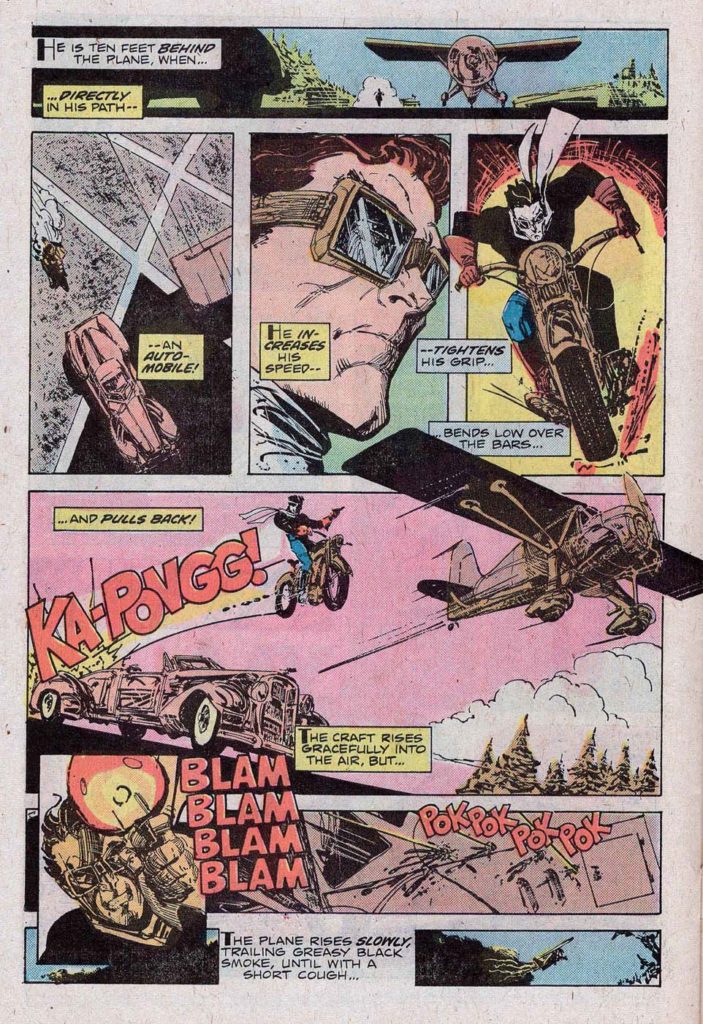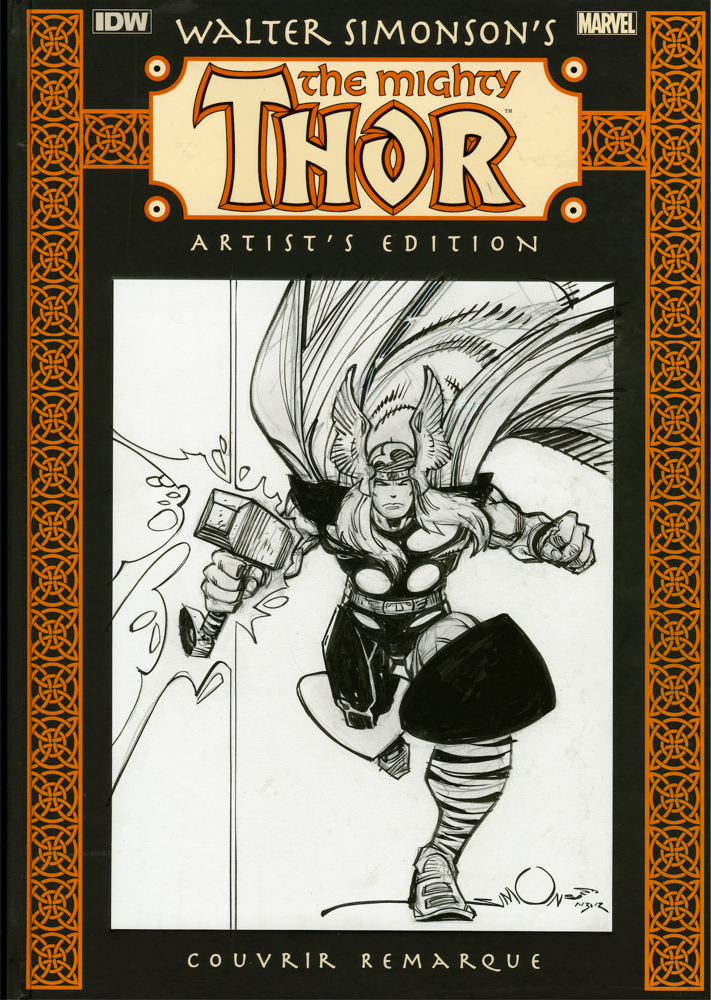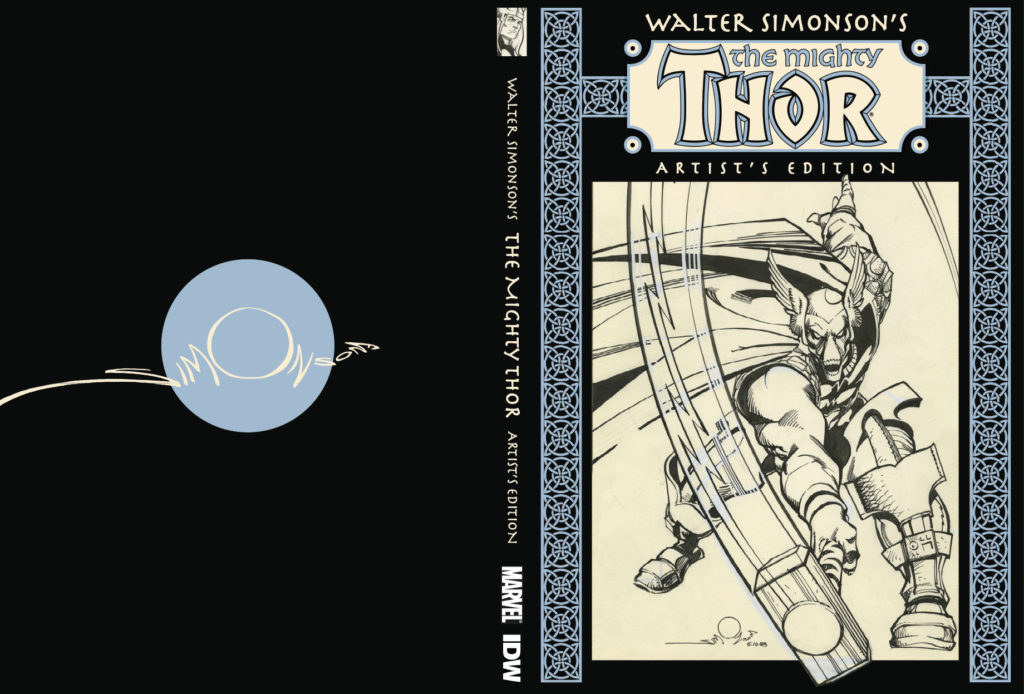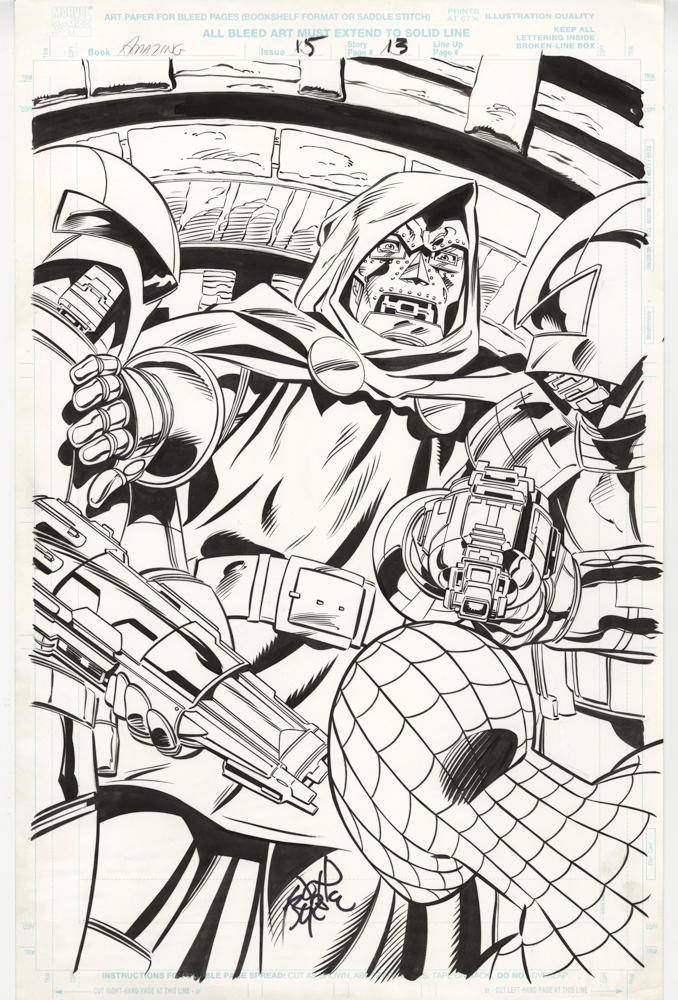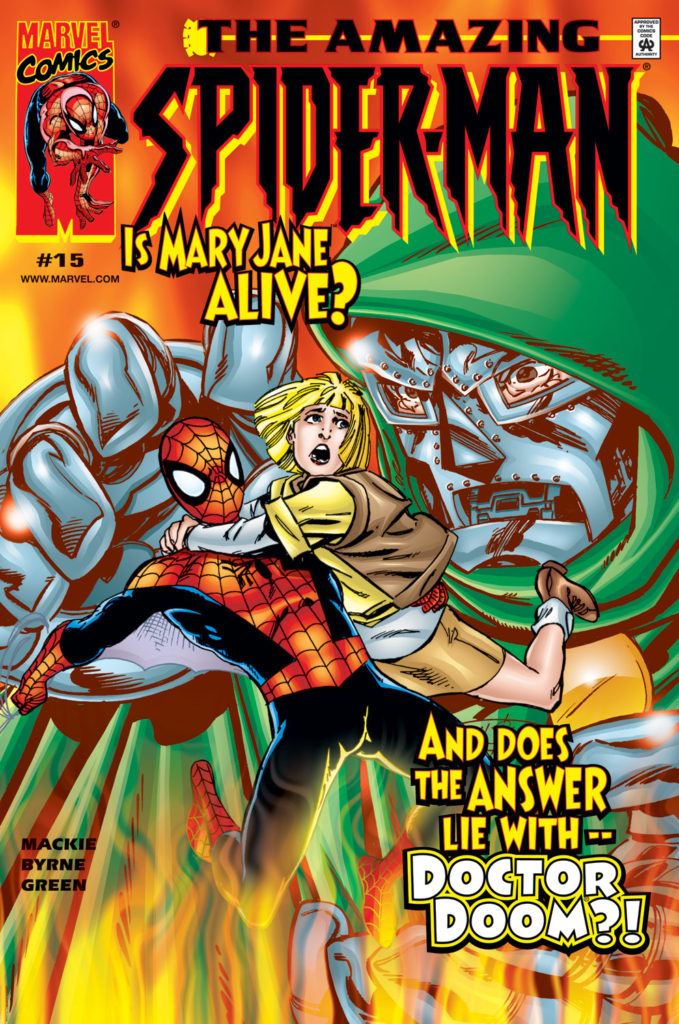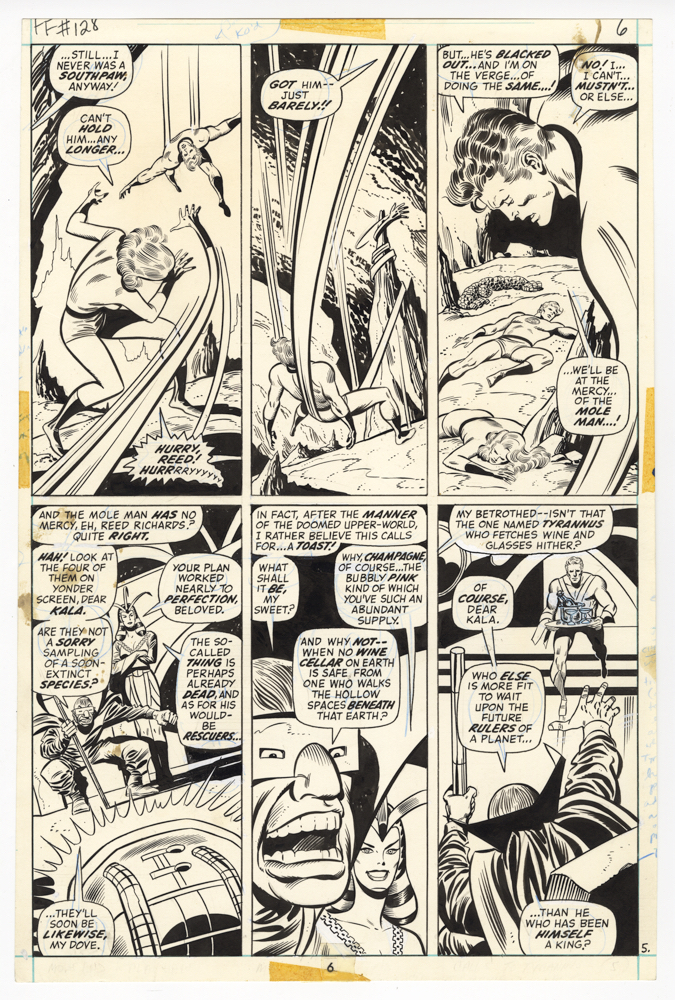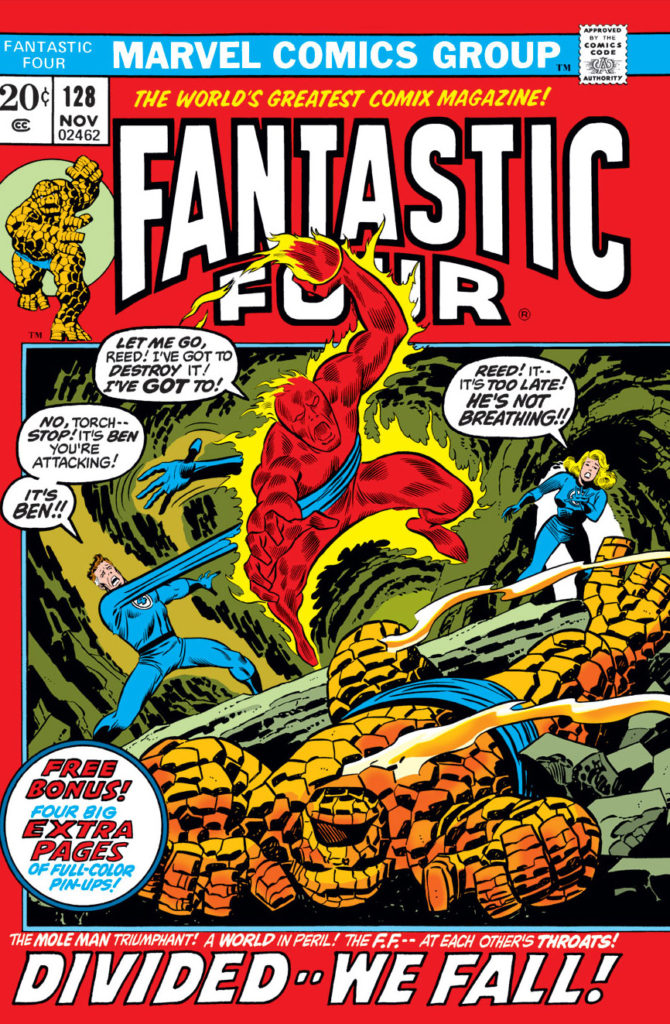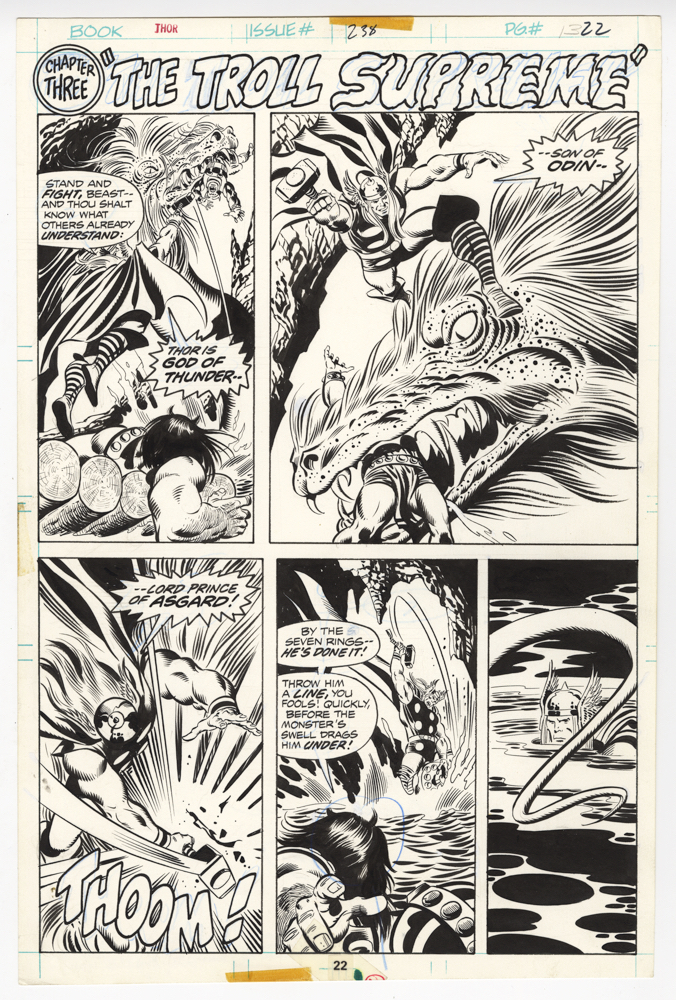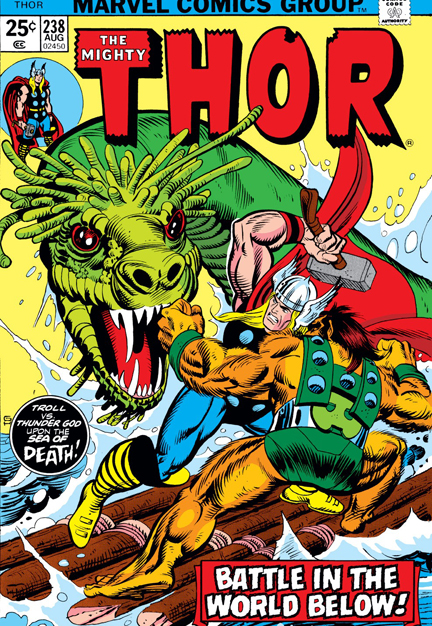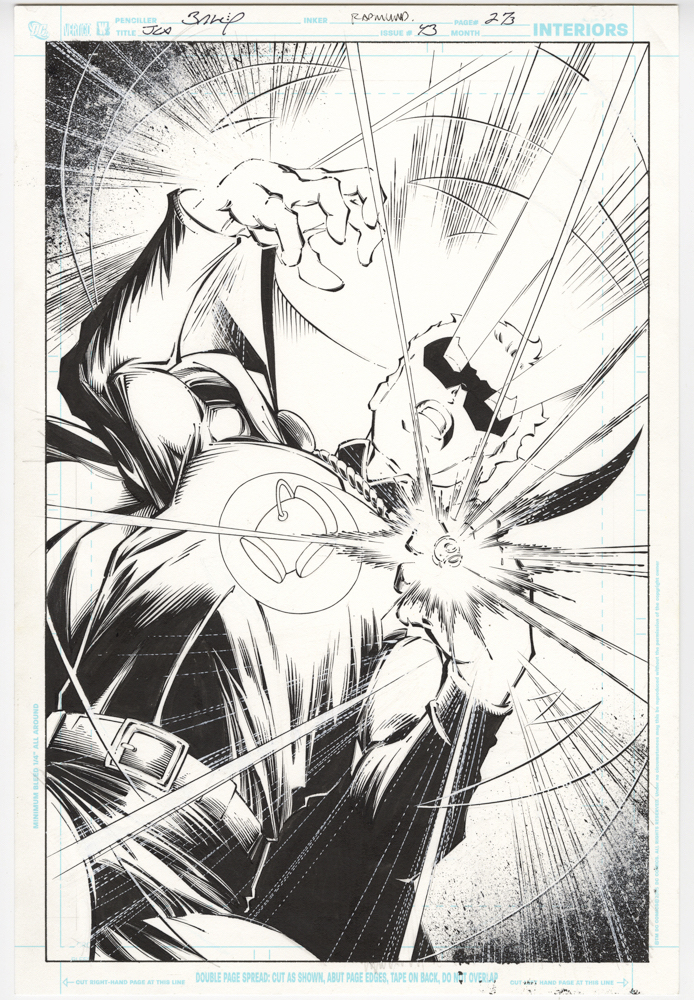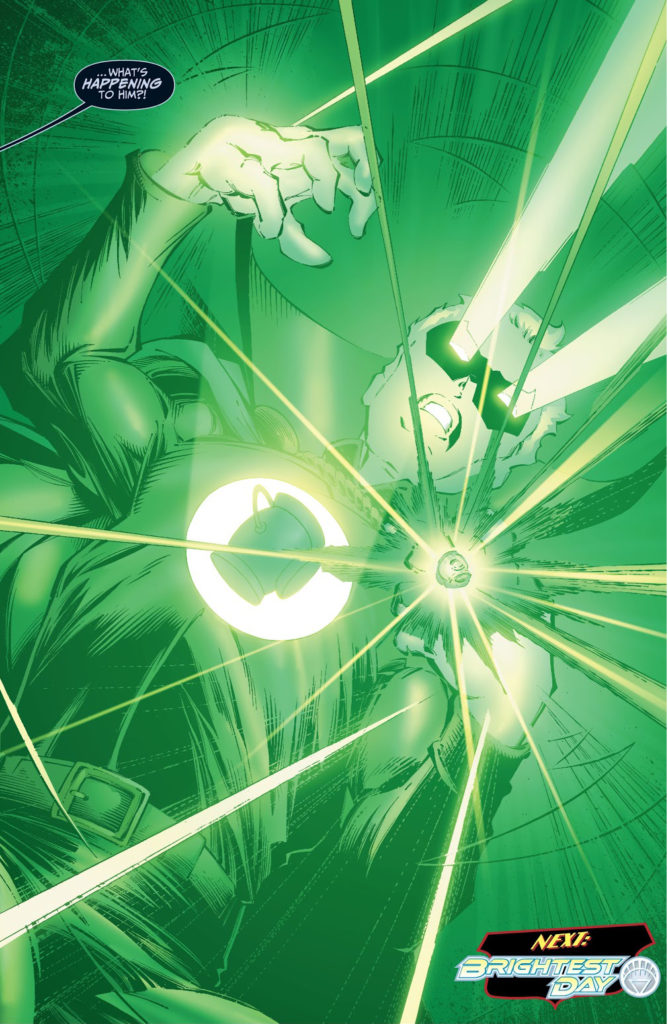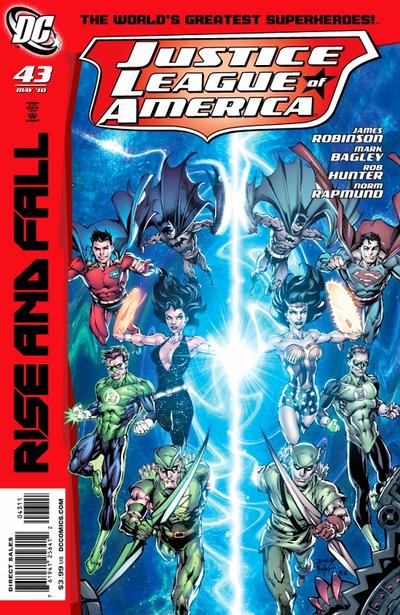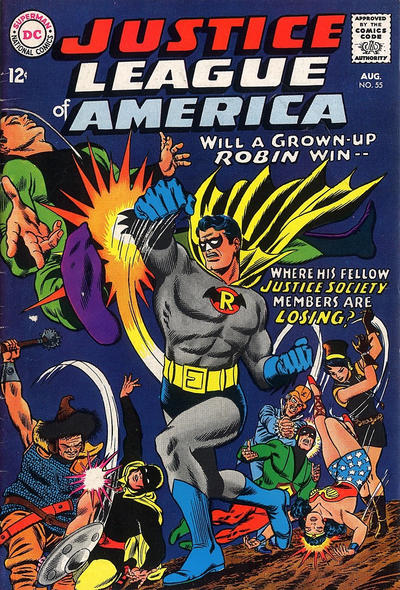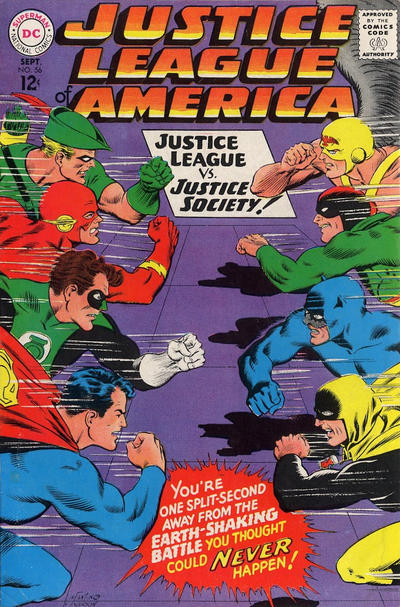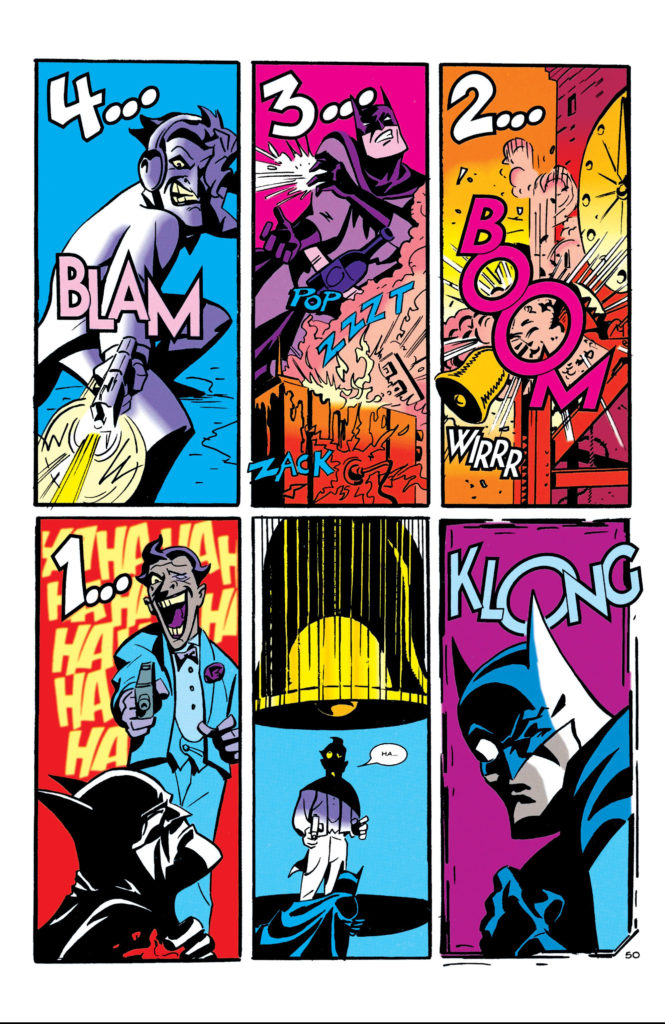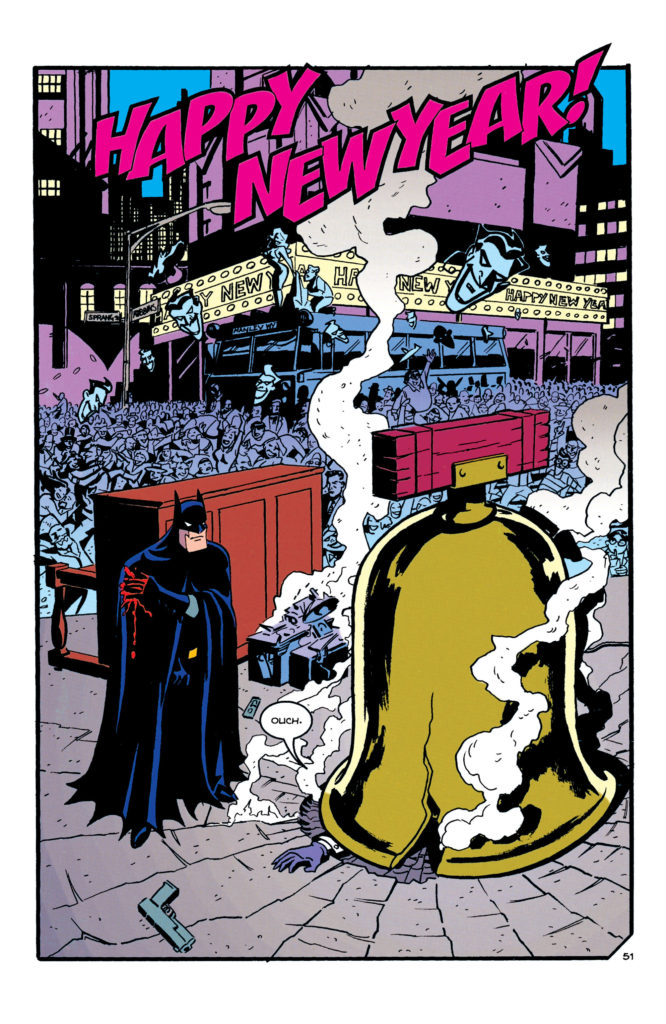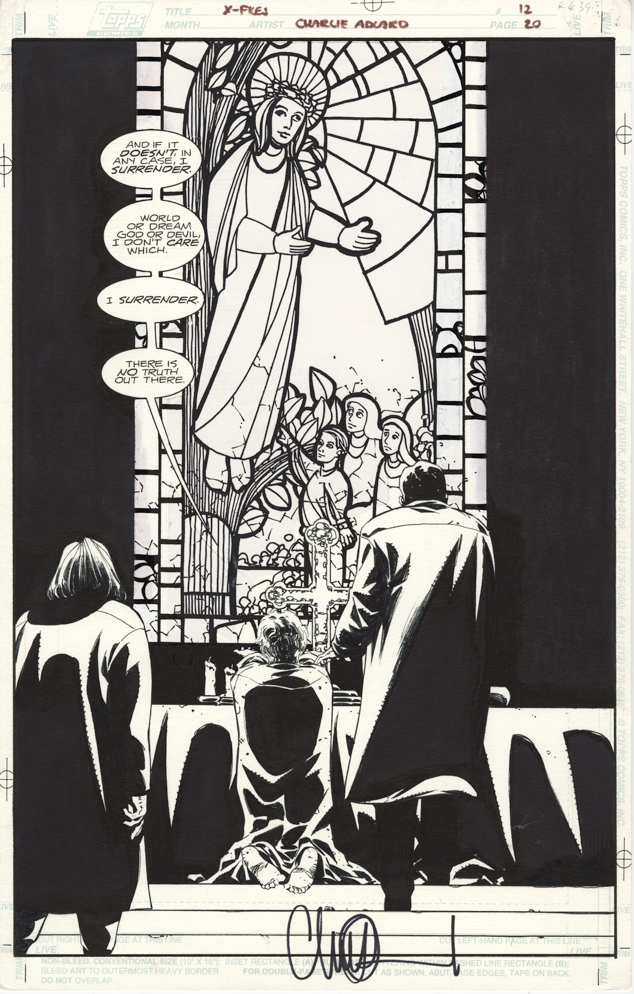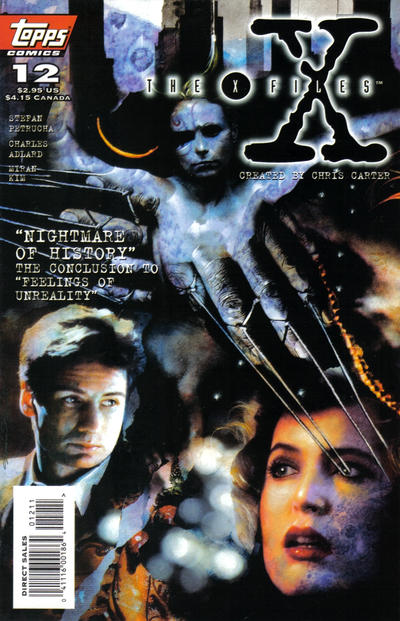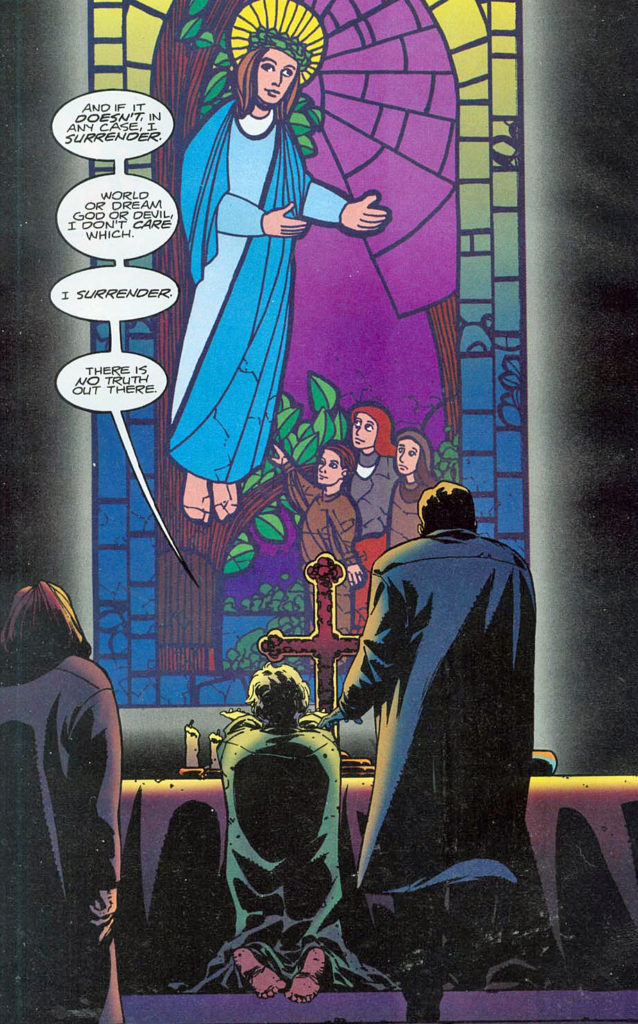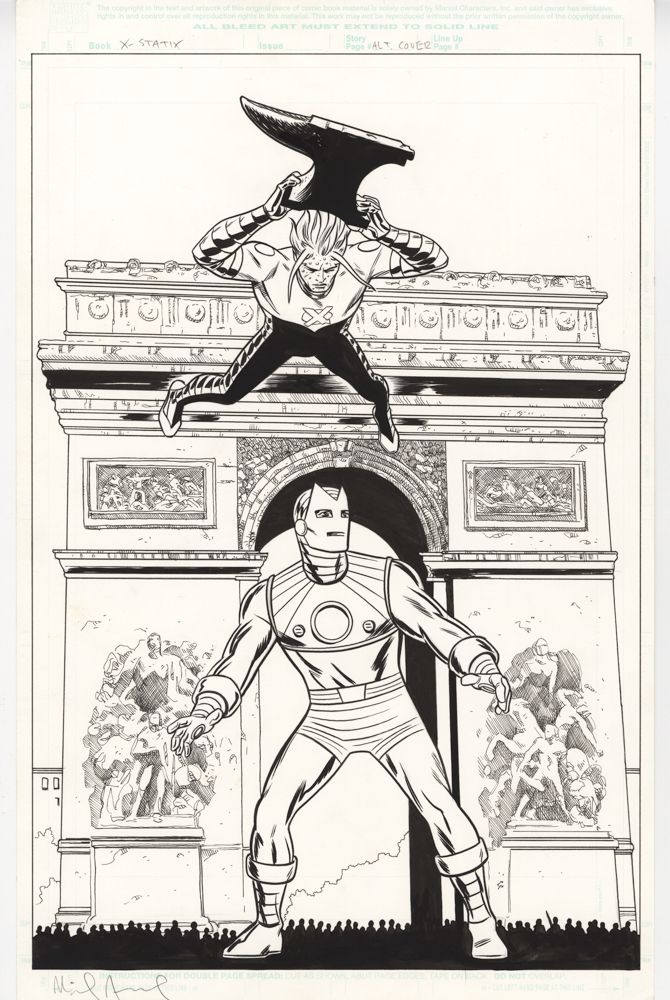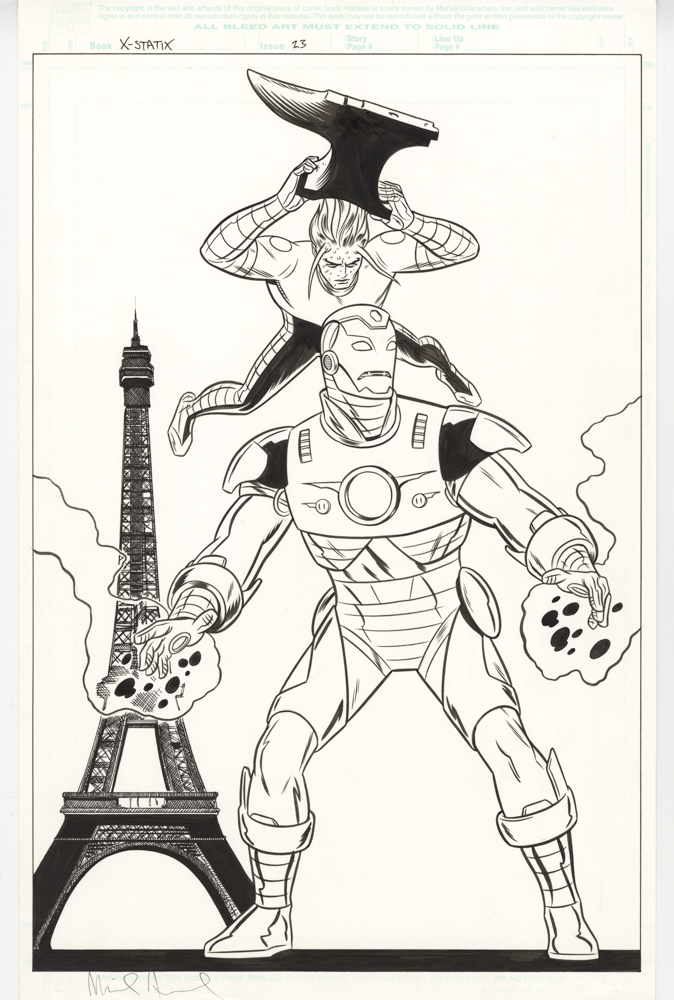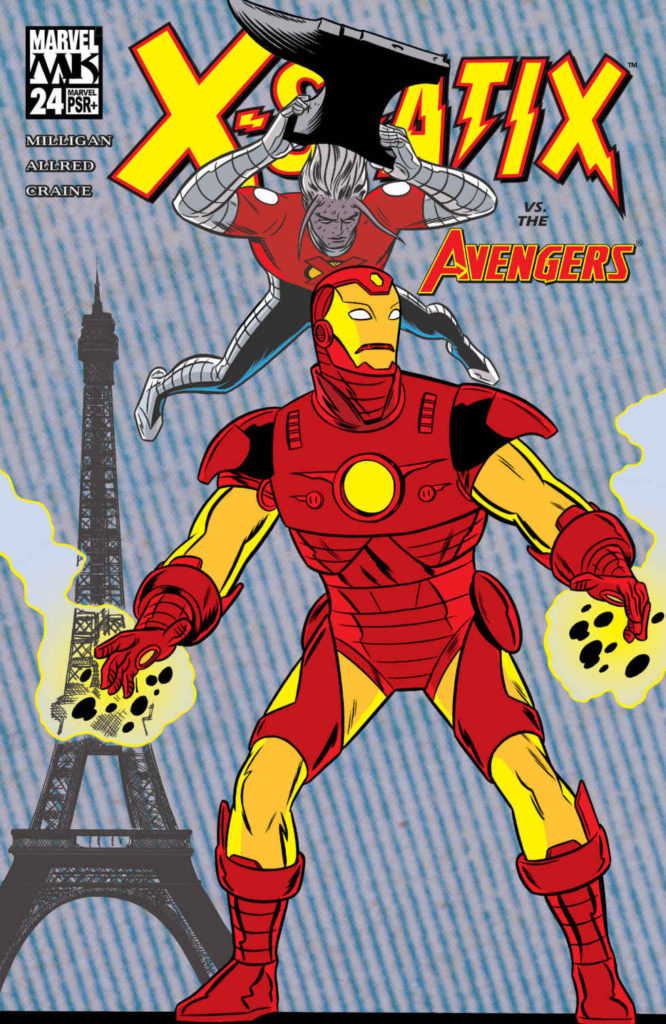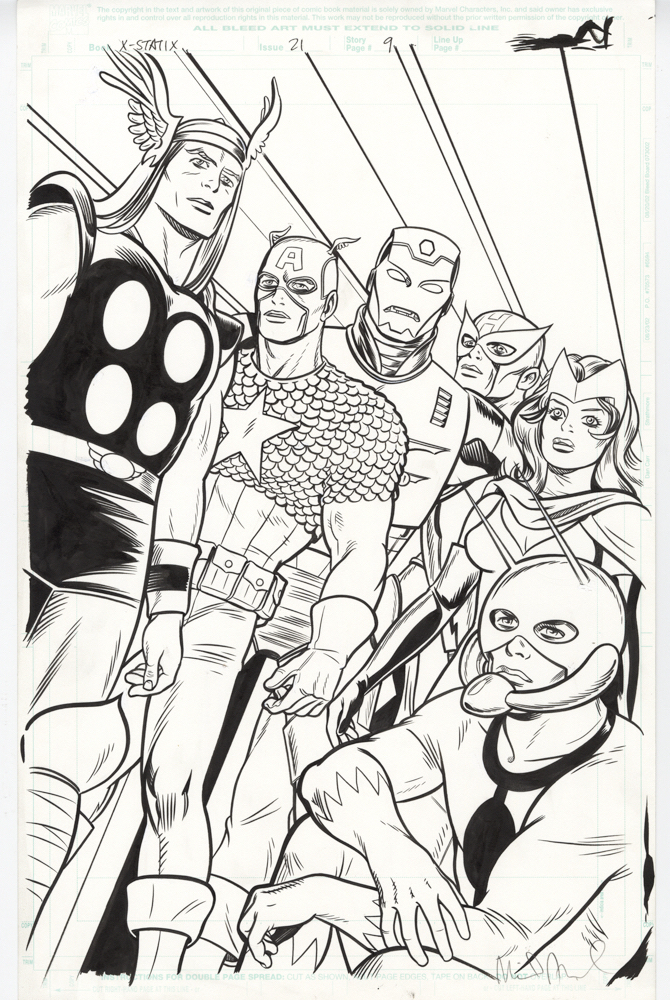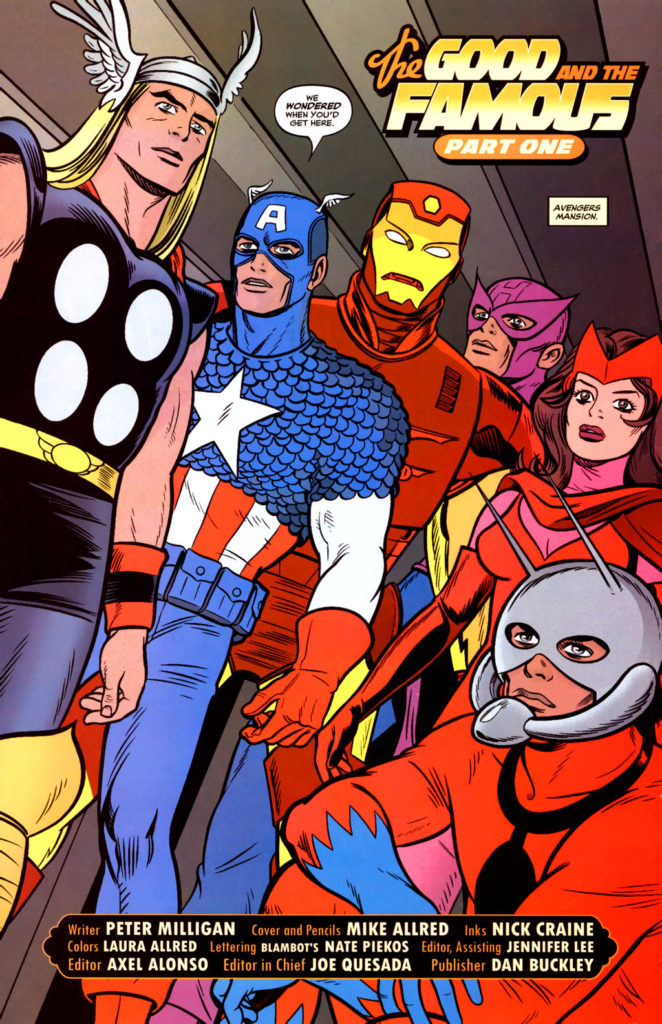Howard Chaykin — Atlas, Shrugged Off
Scorpion #1, February 1975
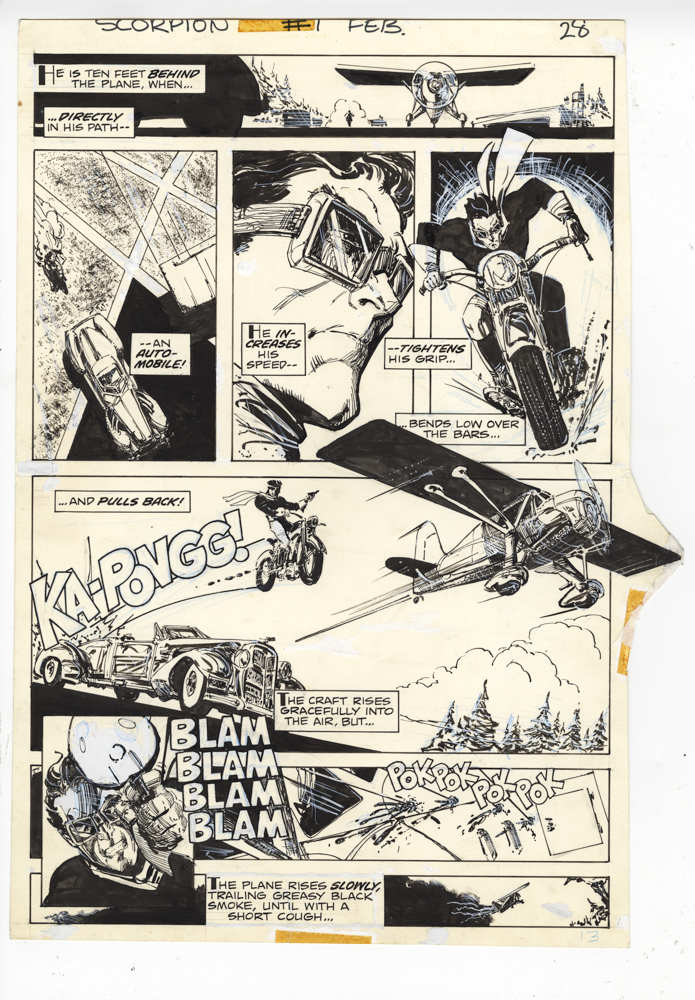
Atlas/Seaboard announced its 1974 entry into comic book publishing with plenty of talent and plenty of marketing. Founded by former Marvel Comics publisher Martin Goodman and featuring marquee names like Neal Adams, Steve Ditko, Wally Wood and many up-and-comers, it seemed the possibilities for the new company were endless.
But… those possibilities ended just 23 issues later (no individual title lasted more than four) in late 1975. Many of the titles had rebooted midstream, providing a capricious and confounding publishing strategy.
Howard Chaykin’s Scorpion was easily one of the better Atlas titles — so naturally, after two issues, Seaboard canned Chaykin, hired Alex Toth, and never actually published the pages Toth produced. (They turned up later, elsewhere.)
Not one to waste a great character, Howard quickly transformed Scorpion into Dominic Fortune at Marvel, where he has lived on and off for the last 40 years.
This great page captures Chaykin inventive and dynamic sense of storytelling. Literally “thinking out of the box,” Chaykin flies the airplane right through the outer panel walls, and somehow Atlas’ production dept. made it work — years before full bleed pages were practical in comic book printing.
(Related — there are a few videos available on-line on the short history of Atlas/ Seaboard: https://www.youtube.com/watch?v=hzhcYa23PI0 ; https://www.youtube.com/watch?v=CJn7NlnjLy8)
And, as Luke narrates in the recent Star Wars The Rise of Skywalker trailer, “No one’s ever really gone.” To wit, Atlas just made another comeback of sorts:
https://www.hollywoodreporter.com/heat-vision/who-owns-atlas-comics-1212677


